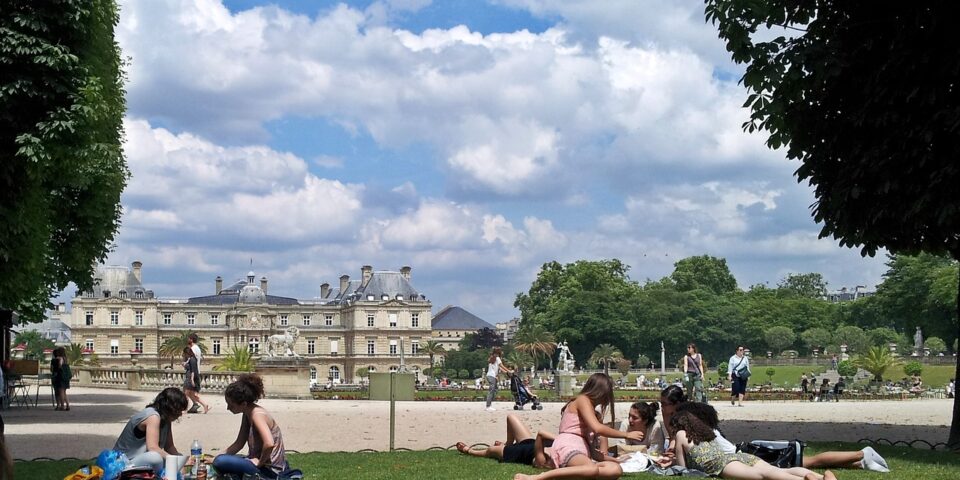The Luxembourg Garden traces its roots back to the early 17th century when it was commissioned by Queen Marie de’ Medici, widow of King Henry IV of France. Designed by landscape architect Jacques Boyceau and later expanded by André Le Nôtre, it was originally part of the Luxembourg Palace, serving as a private retreat for the royal family. Over the centuries, the garden underwent various transformations, including the addition of ornate fountains, statues, and formal flowerbeds.
During the French Revolution, the Luxembourg Palace was converted into a prison and later a legislative assembly, while the garden became a public space accessible to all. In the 19th century, under the reign of King Louis-Philippe, it was further embellished with new features such as the picturesque Medici Fountain and an orchard of apple trees. Throughout its history, the Luxembourg Garden has been a cultural hub, frequented by intellectuals, artists, and locals alike, drawn to its beauty and tranquility. Today, it remains one of Paris’s most beloved landmarks, preserving its rich heritage while enchanting visitors with its timeless allure.

